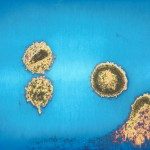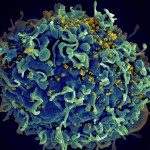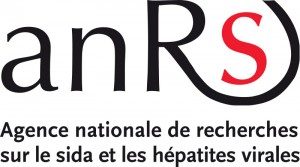About
A collaborative study with members of Pasteur Institute (A. Saez-Cirion, D. Scott-Algara), french perinatal cohort (ANRS CO10; J. Warszawsky) and 10 hospitals from Paris Area (Principal investigator, P. Frange). The study has included 76 patients between June 2016 and March 2018 .
Early HAART initiation in HIV-1-infected children had a major beneficial impact on child survival. In addition, a protective effect was reported after treatment interruption. I was suggested that early HAART could protect the immune system from HIV-induced damages during the critical period of immunological immaturity. This “protective” effect could have a long-term impact, partly because specific immune responses against HIV could be developed more efficiently in case of later re-exposure to HIV viremia. However, this assumption has never been tested. On the other hand, previous studies in adults suggested that HAART initiation at the time of primary HIV-1 infection lead to a drastic reduction of the size of the viral reservoir and could sometimes contribute to induce “post-treatment control” of the viremia after HAART interruption. In children, large studies about the potential virological impact of HAART initiation during the first months of life are still lacking.
Our study aims to define and compare the immunological and the virological characteristics characteristics between 2 groups of vertically-HIV-1-infected children (5 to 18-year-of-age), who started HAART before 6 months-of-age (early treatment group) or after 24 months-of-age (late treatmen” group) with an initial virologic success ( HIV-1 RNA <400 copies / ml reached no later than 24 months after the start of HAART), whatever the later evolution of the viremia. Investigations will include detailed study of naive T cells, specific immunity against HIV, lymphocyte activation, inflammatory parameters, and the viral reservoir.
The first results have been presented at the IAS meeting in 2018 and at CROi mmeting in 2019 http://www.anrs.fr/sites/default/files/2018-07/CP%20CLEAC_web.pdf







